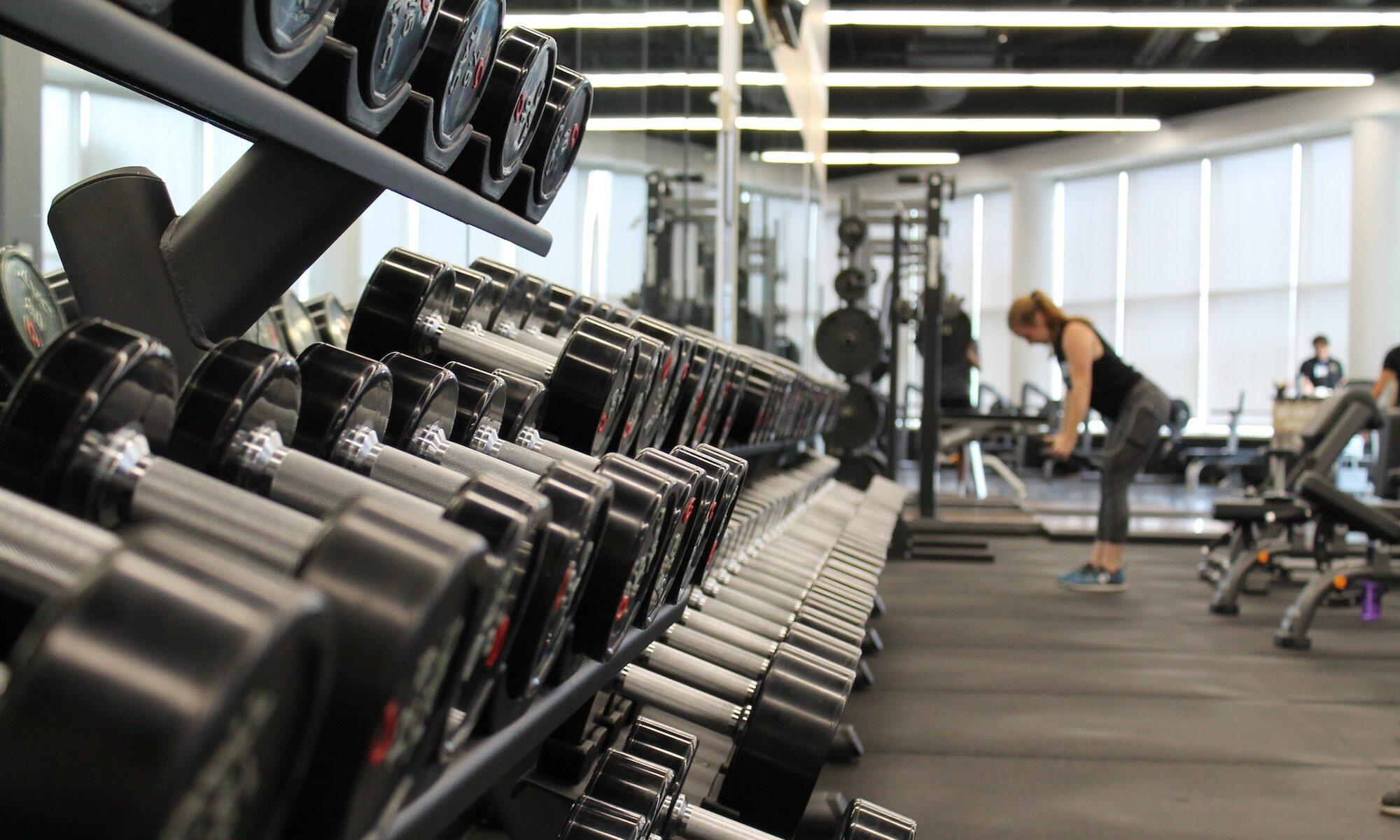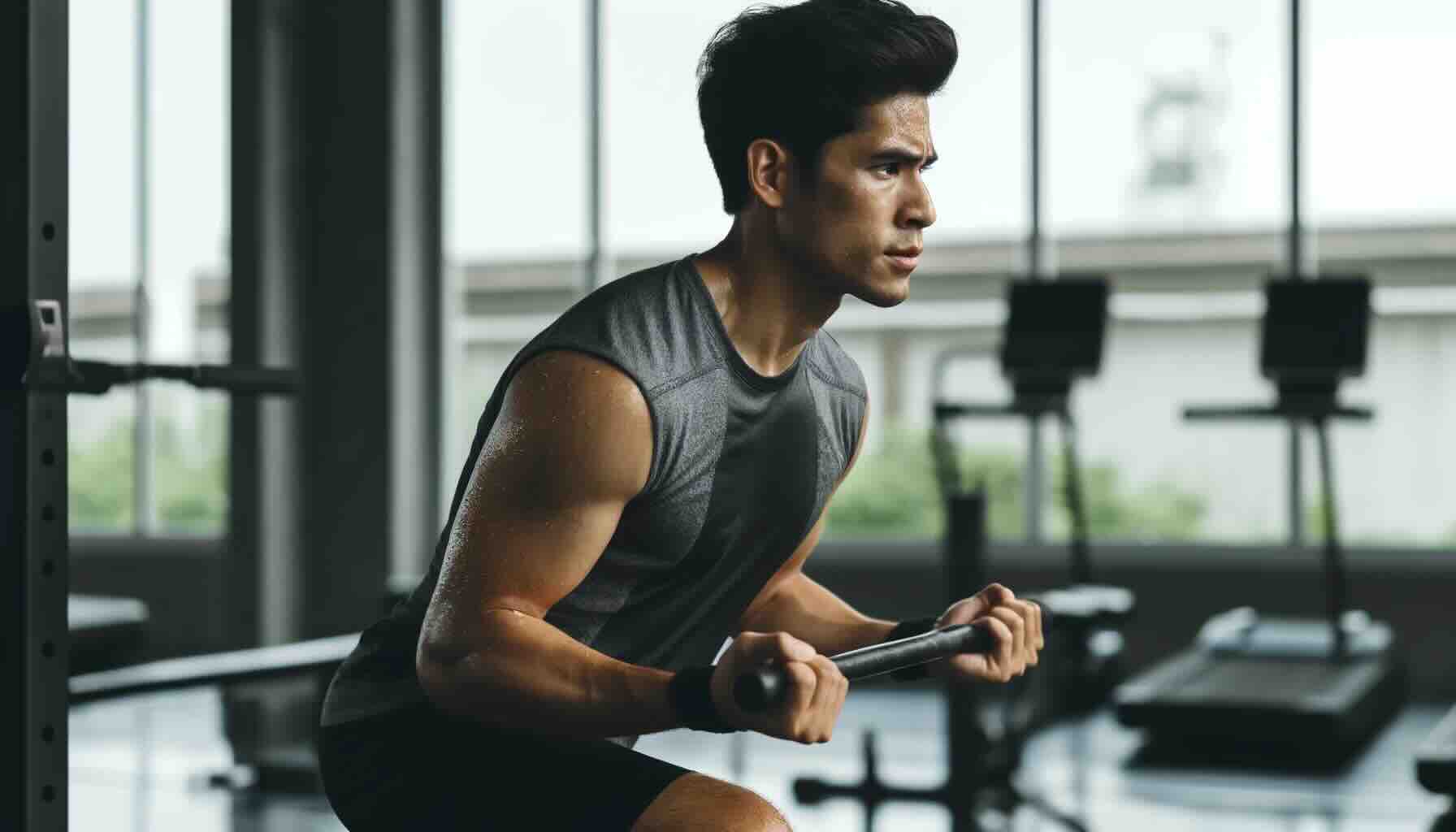Looking to maximize calorie burn during your workouts? Learn how compound exercises can help you target multiple muscles and increase efficiency.
Have you ever wondered how you can make the most of your workouts and burn calories efficiently? Look no further, because compound exercises may be the answer you’ve been searching for. In this article, we will uncover the secrets behind how compound exercises can help you maximize calorie burn. So, get ready to take your fitness journey to the next level and achieve your goals in no time! Compound exercises are a type of strength training that involve multiple muscle groups and joints working together in one movement. These exercises are popular because they are efficient and effective, allowing you to maximize your calorie burn while targeting multiple muscles at once.
Definition of compound exercises
Compound exercises, also known as multi-joint exercises, are defined by the involvement of multiple muscle groups and joints throughout the movement. Unlike isolation exercises that focus on specific muscles, compound exercises require coordination and activation of several muscle groups to perform the exercise correctly.
Examples
Some examples of compound exercises include squats, deadlifts, bench press, pull-ups, lunges, and push-ups. These exercises involve the use of large muscle groups such as the legs, back, chest, and shoulders. By incorporating compound exercises into your workout routine, you can engage multiple muscles simultaneously, leading to increased calorie burn and overall muscle development.
The concept of calorie burn
Calorie burn refers to the amount of energy expended during physical activity. When you engage in exercise, your body requires energy to perform the movements. This energy is measured in calories, and the more intense the exercise, the more calories you will burn.
Calories and energy expenditure
The number of calories burned during exercise is influenced by several factors, including your weight, the intensity of the exercise, and the duration of the activity. Generally, the more effort you put into an exercise, the more calories you will burn.
Factors affecting calorie burn
Several factors can affect the amount of calories you burn during exercise. These factors include your weight, muscle mass, metabolism, and the intensity and duration of the exercise. Compound exercises are great for maximizing calorie burn because they engage multiple muscle groups and require more effort compared to isolation exercises.
Benefits of compound exercises for calorie burn
Compound exercises offer numerous benefits when it comes to maximizing calorie burn. Here are some key advantages:
-
Increased muscle activation: As compound exercises involve multiple muscle groups, they require more energy expenditure compared to isolation exercises. This increased muscle activation leads to a higher calorie burn during and after your workout.
-
Elevated heart rate: Compound exercises often involve movements that get your heart rate up, resulting in a cardiovascular workout along with the calorie burn. This combination of strength training and cardio can be highly effective for weight loss and overall fitness.
-
Efficient use of time: Since compound exercises target multiple muscles in one movement, they allow you to work out more muscles in less time. This efficiency is especially beneficial if you have limited time for exercise and want to maximize your calorie burn within a shorter duration.
Compound exercises vs. isolation exercises
Isolation exercises, as the name suggests, focus on isolating and targeting specific muscles. These exercises typically involve movements that only utilize one joint and focus on a single muscle group. In contrast, compound exercises involve movements that activate multiple muscle groups and joints simultaneously.
Definition and differences
Isolation exercises, like bicep curls and tricep extensions, target a specific muscle group and involve movements that isolate that muscle, usually at one joint. On the other hand, compound exercises, such as squats and deadlifts, engage multiple muscle groups and involve movements that require coordination and activation of several joints.
Comparison of calorie burn
When it comes to calorie burn, compound exercises tend to be more effective than isolation exercises. Due to their multi-joint nature and involvement of larger muscle groups, compound exercises require more energy expenditure, resulting in a higher calorie burn. Isolation exercises, while still beneficial for muscle development, generally do not burn as many calories as compound exercises.
Muscles targeted in compound exercises
Compound exercises are excellent for targeting multiple muscles simultaneously, resulting in a full-body workout. Here are some examples of the muscles that are worked during compound exercises:
Muscles worked simultaneously
-
Squats: Squats primarily target the quadriceps, hamstrings, glutes, and calves. Additionally, they engage the core muscles for stability.
-
Deadlifts: Deadlifts target the erector spinae, glutes, hamstrings, and quadriceps. They also engage the core and upper back muscles.
-
Bench press: The bench press primarily targets the chest muscles (pectoralis major and minor), shoulders (deltoids), and triceps. It also engages the back and core muscles for stability.
Engagement of large muscle groups
Compound exercises are known for their ability to engage large muscle groups, which contributes to higher calorie burn. Some examples of large muscle groups engaged during compound exercises include the quadriceps and glutes during squats, the back and hamstrings during deadlifts, and the chest and triceps during the bench press.
Examples of compound exercises
Compound exercises are highly effective for maximizing calorie burn and can be incorporated into various workout routines. Here are some popular compound exercises:
Squats
Squats are a fundamental compound exercise that target the lower body muscles, including the quadriceps, hamstrings, glutes, and calves. They can be performed with body weight, free weights, or using equipment like squat racks or resistance bands.
Deadlifts
Deadlifts primarily target the muscles of the posterior chain, including the erector spinae, glutes, hamstrings, and calves. Proper form and technique are crucial when performing deadlifts to prevent injury and maximize muscle activation.
Bench press
The bench press is a compound exercise that targets the chest muscles (pectoralis major and minor), shoulders (deltoids), and triceps. It is commonly performed with a barbell or dumbbells, and variations such as incline or decline bench press can be incorporated to target different muscle groups.
Pull-ups
Pull-ups are an excellent compound exercise for targeting the upper body, specifically the back muscles (latissimus dorsi), biceps, and grip strength. They can be performed using a pull-up bar or assisted with resistance bands.
Lunges
Lunges are a compound exercise that primarily targets the quadriceps, hamstrings, glutes, and calves. They can be performed with body weight, dumbbells, or other weighted equipment to increase the intensity.
Push-ups
Push-ups are a compound exercise that targets the chest muscles, shoulders, triceps, and core. They can be modified to suit different fitness levels, such as performing them on an incline or decline, or incorporating variations like diamond push-ups or wide grip push-ups.
How to incorporate compound exercises into workouts
Incorporating compound exercises into your workout routine can provide numerous benefits for calorie burn and overall fitness. Here are some tips for designing a full-body workout that includes compound exercises:
Designing a full-body workout
To design a full-body workout, start by selecting a few compound exercises that target different muscle groups. Aim to include exercises for the upper body, lower body, and core. For example, you could combine squats, bench press, and pull-ups for a comprehensive workout.
Combining compound exercises with cardio
To further maximize calorie burn, you can combine compound exercises with cardiovascular exercises like running, cycling, or jump rope. Alternating between compound exercises and short bursts of cardio can create an effective high-intensity interval training (HIIT) workout.
Tips for maximizing calorie burn during compound exercises
To maximize calorie burn during compound exercises, consider the following tips:
Increasing intensity and weight
Gradually increase the intensity of your compound exercises by adding weight or resistance. This can be done through using dumbbells, barbells, resistance bands, or body weight variations that challenge your muscles.
Utilizing proper form and technique
Using proper form and technique is essential to maximize muscle activation and prevent injuries. Take the time to learn the correct form for each compound exercise and focus on maintaining proper alignment and control throughout the movements.
Interval training
Incorporating interval training, where you alternate between high-intensity exercise and periods of active rest, can help boost your calorie burn during compound exercises. For example, you can perform a set of squats followed by a short sprint or jumping jacks.
Other factors to consider for calorie burn
While compound exercises are effective for maximizing calorie burn, there are other factors to consider:
Rest periods
The duration of your rest periods between sets and exercises can impact your overall calorie burn. Implementing shorter rest periods or incorporating active recovery exercises can keep your heart rate elevated and increase the calorie burn.
Workout duration
The length of your workout session will also play a role in calorie burn. Aim to incorporate compound exercises into a well-rounded workout routine that lasts at least 30 minutes to an hour, depending on your fitness goals and level of intensity.
Conclusion
In conclusion, compound exercises are an excellent way to maximize calorie burn and achieve efficient workouts. By engaging multiple muscle groups and increasing the overall intensity of your exercise routine, you can effectively burn calories and improve your overall fitness level. Incorporating compound exercises into your workouts not only saves time but also provides numerous benefits for muscle development and weight loss. So, if you’re looking to maximize your calorie burn and get the most out of your workouts, don’t forget to incorporate compound exercises into your fitness routine.


